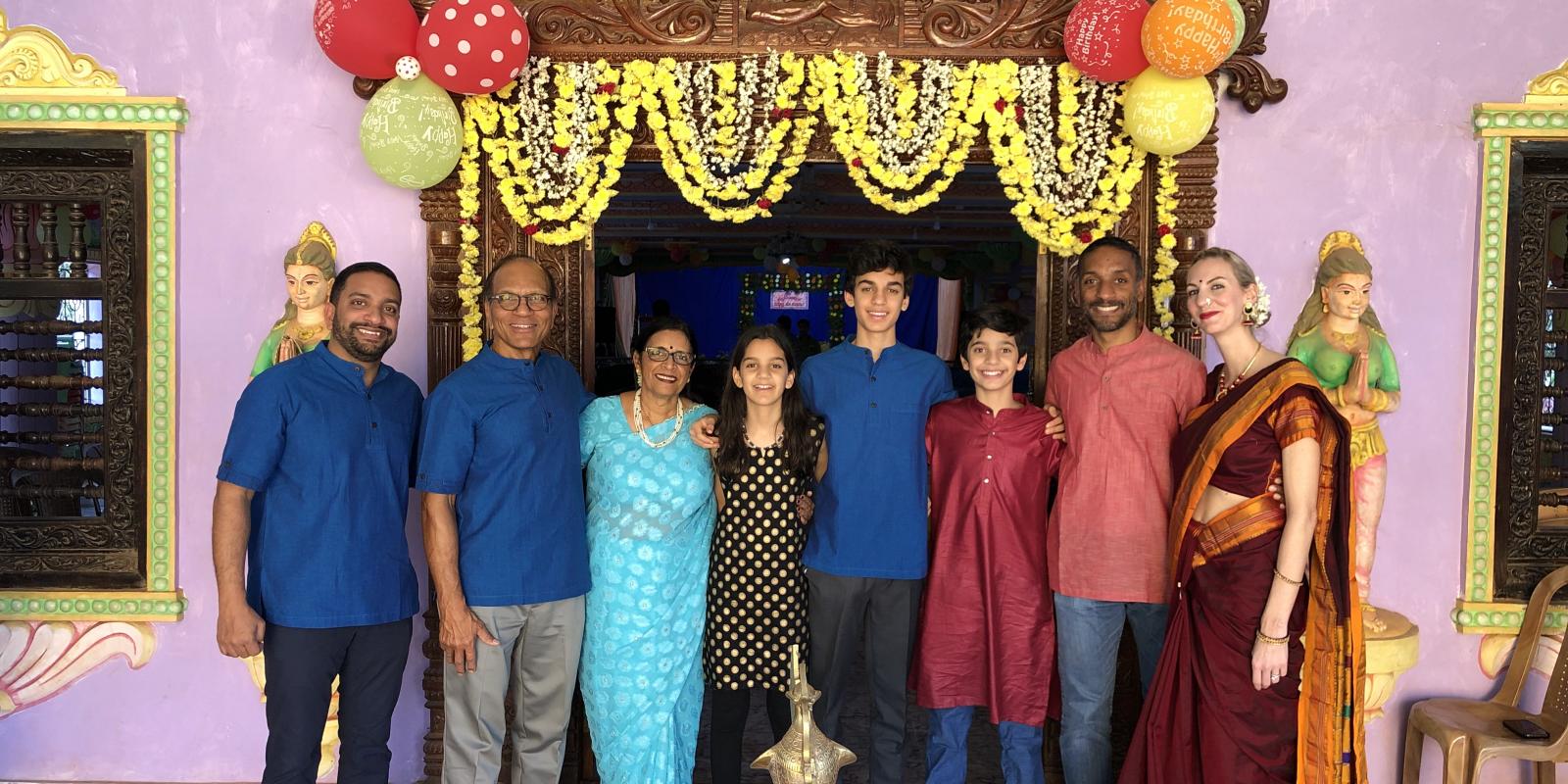My father’s side of my family is from a small fishing village called Hanehalli in the state of Karnataka, India. My grandparents grew up in this village, and when they moved to America, they brought many of their customs with them.
While my grandparents have assimilated quite a bit in the almost 50 years they’ve been in America, they keep remnants of their culture ingrained in the food they serve us. Nevertheless, they selectively choose which aspects of their cultural dishes to include.
I noticed this in the seven trips I’ve taken to India throughout my life. All of the Indian food that my grandmother, who we call “Ayi,” cooks for us in the U.S. is absent in my diet when I travel to India. For some reason, these dishes aren’t commonplace in the village where my grandparents grew up.
It seems that as my grandparents assimilated to American culture, they kept some of the aspects of Indian food that were a luxury to them in India but left the rest in their past. Ayi’s most iconic dish is her Indian salmon with chapati. In the village where my grandparents are originally from, I have never been fed nor observed this being eaten. Only while in India does Ayi make a spicy chicken dish, one I have never had in the U.S., but consists of maybe 75% of my meals in the village.
So, while I love Ayi’s Indian salmon, I don’t feel as if this is something passed down from generation to generation. The one overlap I have noticed between the village and the Indian food Ayi prepares are the desserts, especially holige. Often referred to as puran puri, but called holige in my grandparent’s native language of Kannada, it is made with the main ingredients of senaga pappu, wheat flour, jaggery (cane sugar eaten in India). It looks like a yellow-dyed flatbread, and tastes immensely sweet. When my siblings and I go out to eat at restaurants with our grandparents, we never want dessert; we yearn to go home and have Ayi’s holige.
When we go to India, we know we can expect holige after every meal if we please. If there is one aspect of food culture that I’ll pass on to my own children, it will be holige. I know that when I eat it I have a connection not just to Indian culture that is present in America, but I feel a connection directly back to the small fishing village in Karnataka, from which my family emigrated.
Next winter I’m returning to the village for the first time in 5 years, and I’m curious how my meals will differ from those Ayi cooks for me in America. Nevertheless, I can count on holige to be a staple of my food culture. While some of my family’s food culture may have been lost in our immigration to America, I hope to keep holige in our family’s lives for many more generations.
I decided to write this narrative about how food culture can be lost through generations, which make what remains that much more special.
Owen Kuchinad is a human evolutionary biology major and geroscience minor at USC.
Photo caption: The author, center, in royal blue shirt, with his family, his grandmother in turquoise blue.
Photo credit: Courtesy Owen Kuchinad













